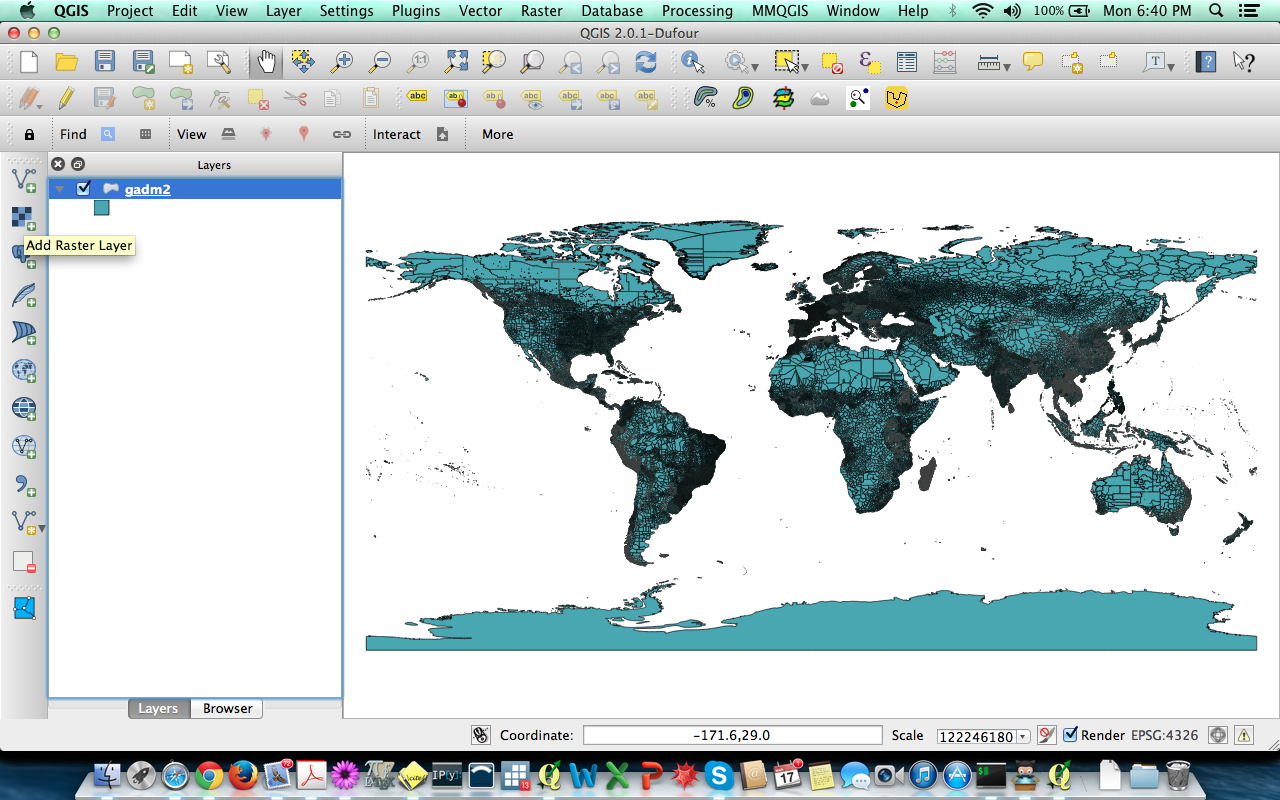
Once the raster calculator is complete, you should have a new raster layer. I think that the QGIS user interface has a bug and it should disable other options when the Remove all existing overviews is selected. Run build overviews first with -clean and create new overviews after that with a separate run. Here's a screenshot of the smaller raster lying on the larger. Adding raster data to QGIS is done using the same data manager as vector data. QGIS allows you to create new layers in different formats. I can create pyramids from the raster layer properties > Pyramids panel without any problem. shapefile or GeoTIFF or PostGIS database table.

I think maybe I need something like a 'difference' operation, for raster layers. All of them create new vector and raster layers with some existing data source e.g. I did try the raster calculator with an IF clause as follows if ( * * 1 )īut that gave me 194555-1_25cm_DSM values in that area, and no_data values elsewhere. I have tried various things, but none have given me the result I need. I have already made the cell sizes in both raster layers the same by using warp, so all cell sizes are now 0.25 in both layers. Using QGIS, I want to create one raster layer the size of the larger raster, that uses the elevation values of the "194555-1_25cm_DSM layer within the bounds of that smaller area, but uses elevation values from 'warped' in the area outside the smaller layer. The other, of much smaller extent - '194555-1_25cm_DSM' - but within the bounds of the larger raster, is to a definition of 25 cm.

One, of a larger extent, - 'warped' - is to 25m definition. That mode have to be used with tiled images to beĮfficient.I have two raster layers of elevation data. The vector mode is useful with a decent amount of inputįeatures and optimise the CPU use. calculate zonal statistics from a continuous raster layer using zones in a discrete raster. QGIS has a heatmap renderer that can be used to style a. Right-click on the color ramp and choose Create New Color Ramp. Heatmaps are most commonly used to visualize crime data, traffic incidents, housing density etc. Heatmap is an interpolation technique that useful in determining density of input features. To ensure the extents match the mask layer, in the raster calculator window select the mask layer in the 'Raster bands' list on the left and then click the 'Current layer extent' button on the right. To simplify the task, you can start with a. Within QGIS, you can use Create new script in the Scripts menu at the top of the Processing Toolbox to open the Processing Script Editor where you can write your code.

The raster mode is used in most cases and Heatmaps are one of the best visualization tools for dense point data. There are two options for writing Processing algorithms using Python. Gdal_rasterize * * įorce the algorithm used (results are identical).


 0 kommentar(er)
0 kommentar(er)
